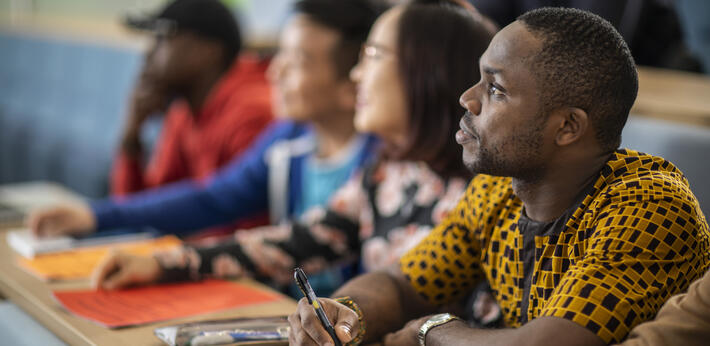You are here
Home ›31/07/2018
Chinese statistics show continued strong growth in private education
Summary
The most recent statistics from China's Ministry of Education show that private education continued to expand in 2017, with student numbers increasing at all levels. In most cases the rate of increase was substantially faster than growth in the public education system, showing increasing demand for private education as Chinese incomes increase.
The strongest growth in private education was at the high school level (typically ages 15-18). Student numbers at private academic high schools grew by almost 10 per cent in 2017, compared to a 2 per cent drop in the public sector. Similarly, private vocational high schools managed to increase their student numbers despite a 4 per cent drop in student numbers at publicly-run schools of this type.
Growth in private enrolment at the compulsory education stage was also strong, with the number of students increasing by around 8 per cent at both primary and lower secondary levels. This compares to public-sector growth of around 2 per cent in primary school students and a decline of 0.7 per cent in public lower secondary schools.
At the pre-school level, the number of students at private kindergartens increased by 5.5 per cent to 25.7 Mn, compared to growth of less than one per cent in the public sector. The situation at this level of education is somewhat different compared to compulsory and post-compulsory education, as private schools enrol a majority of all Chinese pre-school students and private pre-schools can receive significant public subsidies as long as their fees do not exceed designated levels. The CPC has recently issued a document on developing and reforming pre-school education, calling for continued expansion and improvement at this level of the education system, while many cities and provinces have laid out plans to continue to expand their number of pre-schools.
The only level where private education did not see an increasing market share was at the higher education level, where growth in undergraduates (including both bachelor's degree and higher vocational diploma students) at private HEIs was only 2.0 per cent, compared to 2.9 per cent in public HEIs.
Despite this growth, the majority of Chinese students at the compulsory and post-compulsory levels still attend publicly-run schools. Only 8 per cent of primary school students, 13 per cent of lower secondary and academic high school students, and 23 per cent of undergraduates attend private schools.
Analysis by Kevin Prest, Senior Analyst, International Education Services
Private education in China can be divided into two types: low-priced schools aimed mainly at migrant families who find it difficult to obtain public school places due to the Hukou system, and high-end schools aimed at wealthy families. Demand for high-end private schools is expanding due to increasing incomes and dissatisfaction with China's public education system.
Although most private schools offer a Chinese curriculum, there is also continuing growth in international schools in China. These schools are most popular at the high school level, as regulations force schools at the compulsory education stage to offer the Chinese curriculum if they want to enrol local students (although some schools offer a combined curriculum incorporating international elements). International high schools are also seen as more attractive as they can offer international qualifications that allow students to enrol directly in an overseas university, rather than needing a foundation year as is the case for most Chinese students.
Another important driver is government support for private education. Reforms passed last year allow schools outside the compulsory education stage to be run on a for-profit basis, while the government encourages non-profit private education at all levels. Private international schools have also been boosted by restrictions on international-curriculum courses offered at public high schools.
Sources
1. 2017 Education Statistics (Ministry of Education, in Chinese): http://www.moe.gov.cn/jyb_sjzl/sjzl_fztjgb/201807/t20180719_343508.html
2. Xi presides over 3rd meeting of central committee for deepening overall reform (Xinhua): http://english.gov.cn/news/top_news/2018/07/07/content_281476212645020.htm
3. Beijing to add kindergartens this year (Xinhua): http://www.xinhuanet.com/english/2018-05/31/c_137220541.htm
4. China issues implementation guidelines for new private education law (British Council International Education Services): https://education-services.britishcouncil.org/news/market-news/china-issues-implementation-guidelines-new-private-education-law






